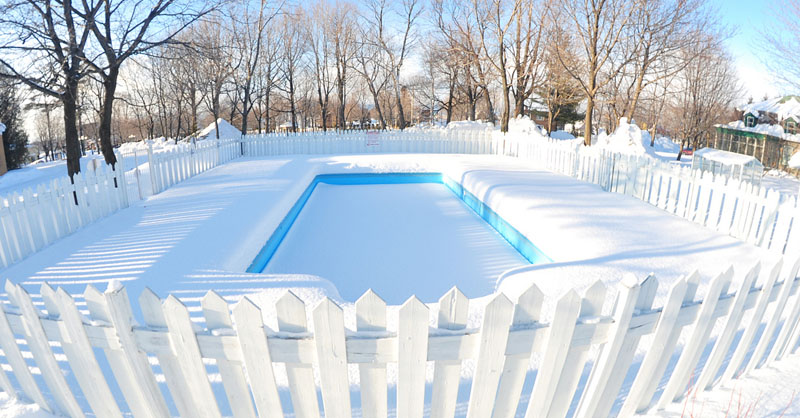Training in high altitudes can bring great benefits, we’ll see how.
Usually during the time frame of a sporting season there’s a time in which the athlete moves to higher grounds to train. This famous “getaway” usually coincides with the school holidays for the younger athletes. Even those who aren’t part of a professional training team, but simply love the outdoors might go to the mountains during their winter-sports holiday and thereby gain the benefits of training in high altitudes.
What changes compared to training on sea-level?
It’s all in the air that we breathe. You might not already be aware of the fact that the air we breathe isn’t purely oxygen. Actually, only about 20% of the air we breathe is oxygen and the rest is mainly nitrogen and other elements. In high altitudes (at least above 2000m) the composition remains basically the same, but it’s as if there was less oxygen available to breathe. This happens because of the difference in atmospheric pressure, which is what makes the lungs perform less efficiently in processing oxygen-nitrogen.
What does it mean to have less oxygen available? Obviously, you’ll get more tired and quicker. Doing the same exercise on high altitudes will seem more difficult. It will be difficult to achieve the same times while swimming compared to swimming at sea-level. This difference will be more noticeable in medium-longer distances. This is mainly because while swimming short distances one doesn’t depend as much on the aerobic metabolism (the one that uses oxygen) but one mainly uses the anaerobic system (the one that uses lactic acid).
That being said, the difficulties will mainly be noticeable in the first few days of training before the body adjusts. In fact, the human body is a marvellous machine that adapts to its environment. Just like training will help your body to physically mutate and adjust to certain types of movements, it will also adapt to the environmental changes that high altitude training brings.
How? EPO (erythropoietin) is the hormone that promotes the production of red blood cells, increasing the amount of them in the blood circuit. In this way, the body has been able to compensate the lack of oxygen by creating more transporters of oxygen in the blood.
Once this change has been done, when returning to lower altitudes, you will have more transporters (red blood cells) and more available oxygen. It will feel like you’ve increased the power of your motor.
Lastly, keep these last thoughts in mind:
1. You shouldn’t stay in high altitudes any less than 7 days, and ideally you should stay around 2 weeks. Anything under 7 days won’t give your body enough time to react and create the benefits you’re after.
2. Once you return to sea-level the benefits of the high-altitude training will disappear after about a month (the body will re-adapt to its new environment).
3. Since your body needs some time to re-adjust, it’s advisable to avoid heavy training during the first few days after returning.
4. Often, since we’re all different, it can happen that one might obtain benefits more or less quickly and on different levels than another individual.
Wishing you a good workout!
